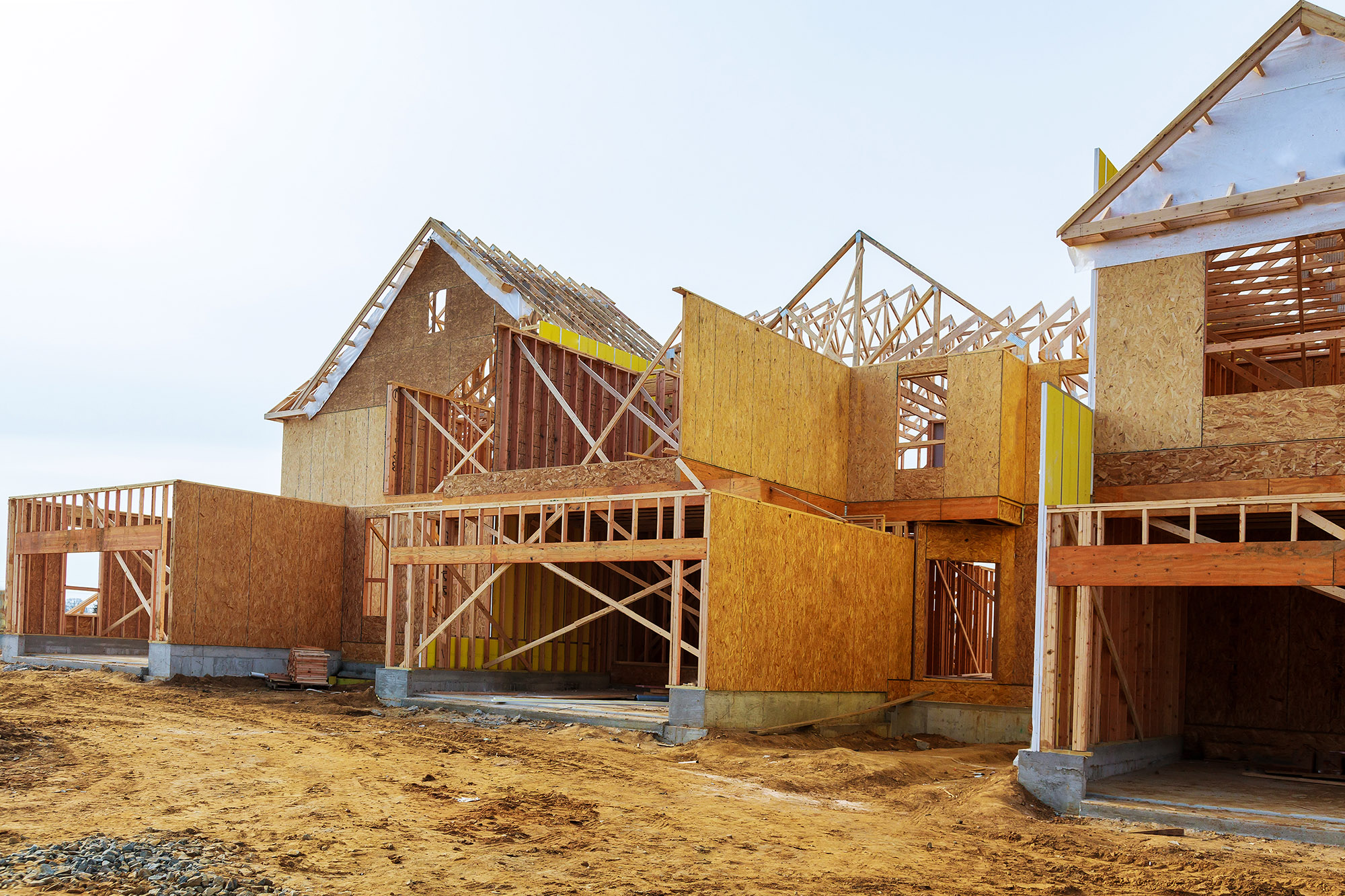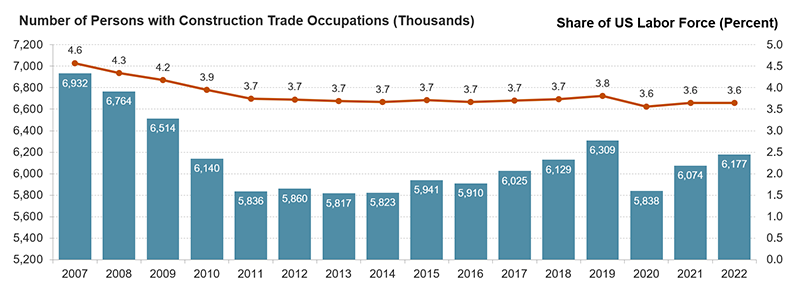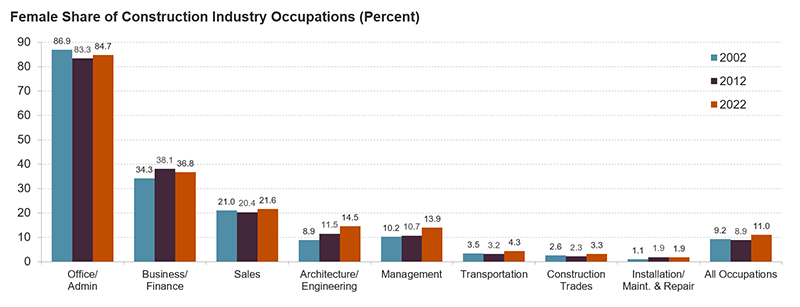Rebuilding the Construction Trades Workforce
Since the mid-2000s, the construction industry in the United States has faced a significant shortage of skilled labor. During the Great Recession, the industry lost nearly 1 million workers and has since struggled to rebuild its workforce as demand has returned. There are roughly one million fewer workers in the construction trades than there were at the time of the last housing boom in 2007, which has contributed to project delays, rising costs, and other challenges.
This labor shortage stems from two factors. The primary factor is the difficulty the industry has had attracting and retaining young people, women, and people of color. The second is a decline in new immigrant trades workers who have historically filled in labor gaps. To tackle these barriers, a number of initiatives have been implemented across the country to change perceptions about careers in construction, increase enrollment in construction-related education and training programs, and attract individuals who have been underrepresented in skilled trade occupations.
While the total number of workers in the broader construction industry – which includes subsectors for construction of buildings (residential and non-residential), heavy and civil engineering construction, and specialty trade contractors – has rebounded back to near-2007 levels, the number of workers with trade occupations has not experienced the same recovery. In 2022, the number of people with construction trade occupations (both employed and unemployed) was 6.2 million, 11 percent lower than in 2007 and still 2 percent lower than before the pandemic (Figure 1).
Figure 1: The Construction Trades Workforce Remains Significantly Smaller than During the Mid-2000s Housing Boom
The reality of fewer new immigrant workers has compounded the slow recovery. Estimates from NAHB show that the annual flow of new immigrants into the construction industry is down significantly, averaging 45,000 annually from 2010–2019 compared with 88,000 annually on average from 2003–2009. Immigration has long supported a large portion of the construction labor force; about a third of construction trade workers were foreign-born in 2022. However, such reliance on immigration as a major source of labor brings with it risks of ebbs and flows and signals the industry’s deeper troubles recruiting native-born workers.
Indeed, the construction industry has struggled to build a pipeline of future skilled trades workers among the native-born population, in part due to its perception amongst students and young adults. According to a 2017 NAHB survey of young adults, construction trades are an unpopular career choice for young adults with only 3 percent indicating it is a field they would like to pursue. While fully 45 percent of the construction trades workforce was under age 35 in 2007, that share dropped to 36 percent in 2012 and has remained low.
Several notable initiatives aim to expose younger generations to trades through the expansion of vocational training and apprenticeship programs. These programs provide students with hands-on experience and technical skills training in construction trades such as carpentry, plumbing, electrical work, and masonry. Pre-apprenticeships and apprenticeships provide pathways for individuals to enter the construction industry, enabling participants to earn a wage while learning valuable skills.
In recent years, new efforts have promoted diversity and inclusion, particularly targeting the large gender imbalance in construction. Between 2012 and 2022, the wider industry made only modest gains in the share of female workers, rising from 8.9 to 11.0 percent. Significantly, while women have made the most gains within architecture and engineering jobs (from 11.5 to 14.5 percent) and management occupations (from 10.7 to 13.9 percent), the gender gap is felt most keenly within skilled trade, transportation, and maintenance and repair occupations (Figure 2). Currently, women comprise only 3.3 percent of the construction trades workforce, up from 2.3 percent in 2012. Additionally, while Hispanic workers of any race are a large and growing share of the skilled trades workforce, non-Hispanic people of color make up a very small share and growth has remained essentially flat. Non-profit organizations and apprenticeship programs have been created with the aim of attracting women, people of color, and individuals from underserved communities to careers in construction to address these longstanding inequalities.
Figure 2: Women Working in the Construction Industry Continue to Dominate Office-Admin Occupations, Have Made Most Gains in Architecture/ Engineering and Management Jobs
The shortage of skilled labor in the construction industry is a multifaceted challenge that requires comprehensive solutions, with various factors such as a lack of interest among younger generations, a massive gender imbalance, and years of slowing gains from immigration contributing to the severity of this issue. Yet, initiatives aimed at increasing enrollment in construction-related education and training programs, especially among historically underrepresented populations, offer pathways forward. In addition, complimentary immigration policies would help to ensure that the trades workforce avoids future costly gaps in labor supply.



